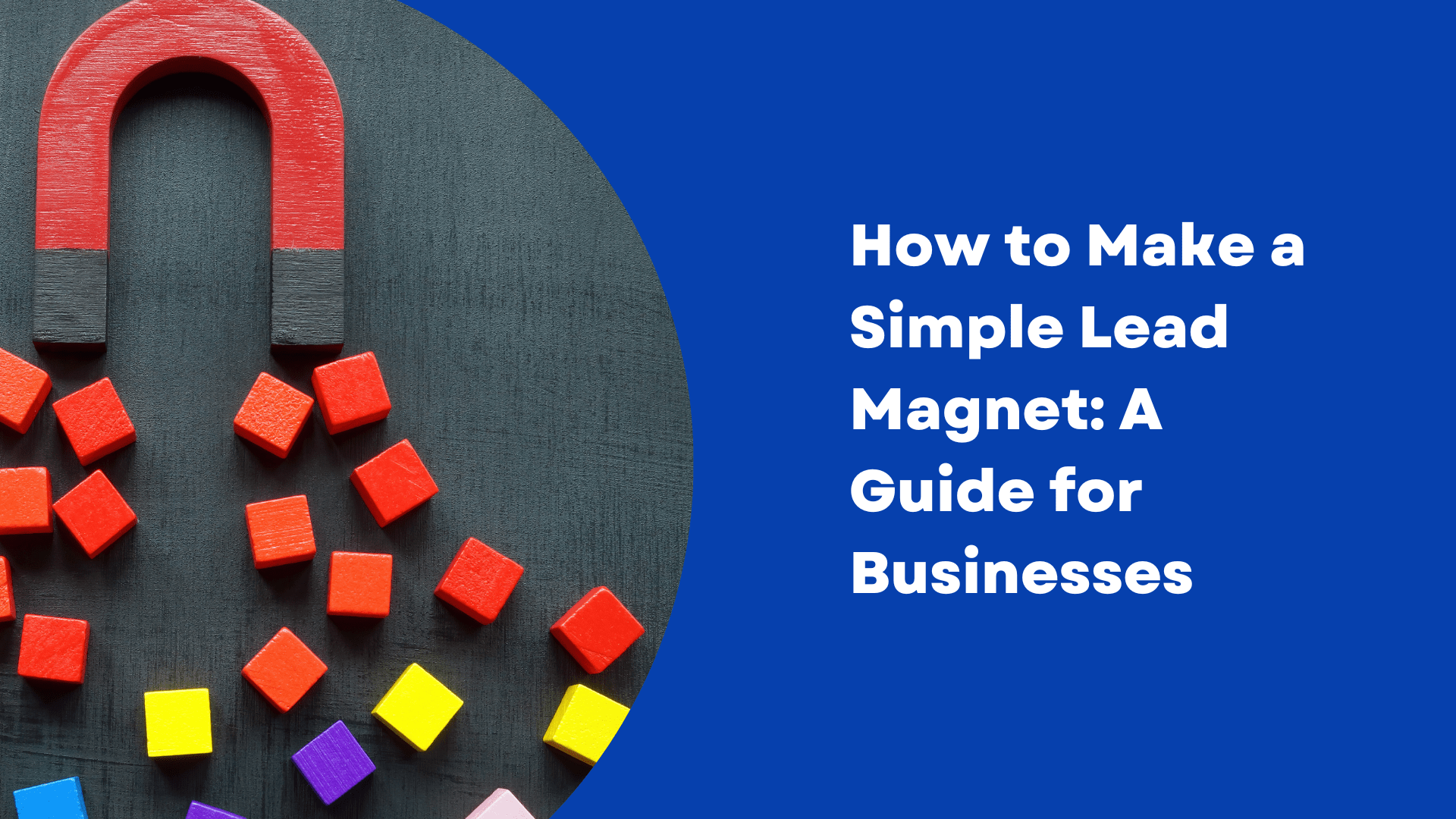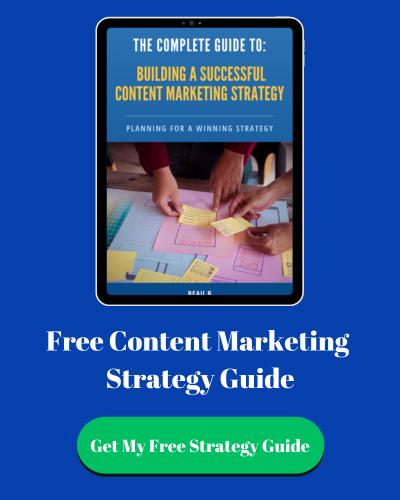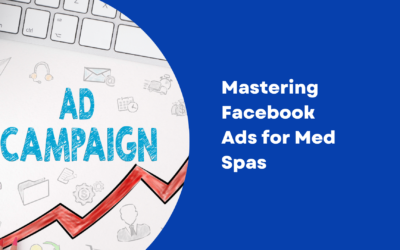Capturing the attention of your target audience requires more than just compelling content; it necessitates offering value in exchange for their precious contact information. This is where a simple yet powerful tool comes into play: the lead magnet. A lead magnet is essentially a free item or service provided by a business in exchange for contact details; it’s a cornerstone of effective inbound marketing strategies, helping to convert visitors into leads and, eventually, customers.
Understanding Lead Magnets
Before diving into the creation process, it’s essential to grasp what makes a lead magnet successful. The best lead magnets share common characteristics: they offer immediate value, solve a specific problem, are easy to consume, and directly relate to your business or product. Whether it’s an ebook, a discount code, or an exclusive video, your lead magnet should be irresistible to your target audience.
Step-by-Step Guide to Creating Your Lead Magnet
-
Identify Your Audience’s Pain Points: The first step in creating a lead magnet is understanding the challenges and needs of your target audience. What information are they looking for? What problems do they need solved? This insight will guide you in designing a lead magnet that offers a solution.
-
Choose the Right Type of Lead Magnet: Depending on your audience’s preferences and your business goals, select a format that will appeal to your potential leads. Some popular types of lead magnets include:
- Guides and Reports: Ideal for B2B businesses, these can provide valuable insights and industry analysis.
- Checklists and Templates: Perfect for offering a practical resource that simplifies a complex task.
- Free Trials or Demos: Allow potential customers to experience your product or service firsthand.
- Discounts and Coupons: Effective for e-commerce sites looking to boost sales.
-
Create High-Quality Content: The content of your lead magnet should not only be valuable but also well-presented and professional. Whether you’re writing an ebook or creating a webinar, ensure the information is accurate, actionable, and engaging.
-
Design Your Lead Magnet: The visual appeal of your lead magnet can significantly impact its effectiveness. Use tools like Canva or collaborate with a graphic designer to create an attractive layout that reflects your brand’s aesthetic.
-
Set Up a Delivery System: Once someone opts in to receive your lead magnet, the process of delivering it should be seamless. Use email marketing software to automate the delivery of your lead magnet immediately after someone submits their contact information.
Examples of How Businesses Use Lead Magnets
- A health and wellness coach offers a free 7-day meal plan to help potential clients kick-start their health journey.
- A marketing agency provides a free website audit report, offering valuable insights into how businesses can improve their online presence.
- An e-commerce store gives a 10% discount code in exchange for signing up for their newsletter.
Creating a simple lead magnet is a strategic way to grow your email list and nurture leads into loyal customers. By offering something of value right from the start, you establish trust and credibility with your audience, laying the foundation for a long-lasting relationship.
Promoting Your Lead Magnet
After crafting your lead magnet, the next crucial step is promotion. Visibility is key to attracting leads, so leveraging multiple channels to market your lead magnet is essential.
-
Leverage Your Website: Place your lead magnet prominently on your website. Consider using pop-ups, sidebar widgets, or a dedicated landing page to highlight its value.
-
Email Marketing: If you already have an email list, send out a dedicated campaign to introduce your lead magnet. Highlight its benefits and provide a clear call to action.
-
Social Media: Use your social media platforms to promote your lead magnet. Tailor your message to each platform and consider using paid advertising to extend your reach.
-
Content Marketing: Write blog posts or articles related to your lead magnet’s topic. Use these pieces to showcase your expertise and include a call to action to download the lead magnet.
-
Partnerships: Collaborate with other businesses or influencers in your industry. They can help promote your lead magnet to a broader audience, increasing your leads.
Measuring Success
To ensure your lead magnet is effectively contributing to your marketing goals, it’s vital to track its performance. Here are key metrics to monitor:
-
Conversion Rate: This is the percentage of visitors who download your lead magnet after seeing the offer. A high conversion rate indicates that your lead magnet is appealing to your target audience.
-
Lead Quality: Monitor how many leads generated by your lead magnet advance through your sales funnel. High-quality leads are more likely to convert into paying customers.
-
Engagement: Track how recipients interact with your lead magnet. Are they opening your emails? Are they taking advantage of the offers provided? Engagement levels can give you insights into the value your audience is getting from your lead magnet.
-
Feedback: Collect feedback directly from your audience about your lead magnet. This can provide valuable insights into how you can improve or what other types of content they might find valuable.
By effectively promoting your lead magnet and closely monitoring its performance, you can fine-tune your strategy to ensure you’re consistently attracting and engaging your target audience. This not only helps in building your email list but also in establishing a strong, trust-based relationship with potential customers, guiding them one step closer to making a purchase.
Creating a simple yet impactful lead magnet is a potent strategy in any business’s digital marketing arsenal. It’s about offering immediate value to your audience, demonstrating your expertise, and laying the groundwork for a relationship that could eventually convert followers into loyal customers.





